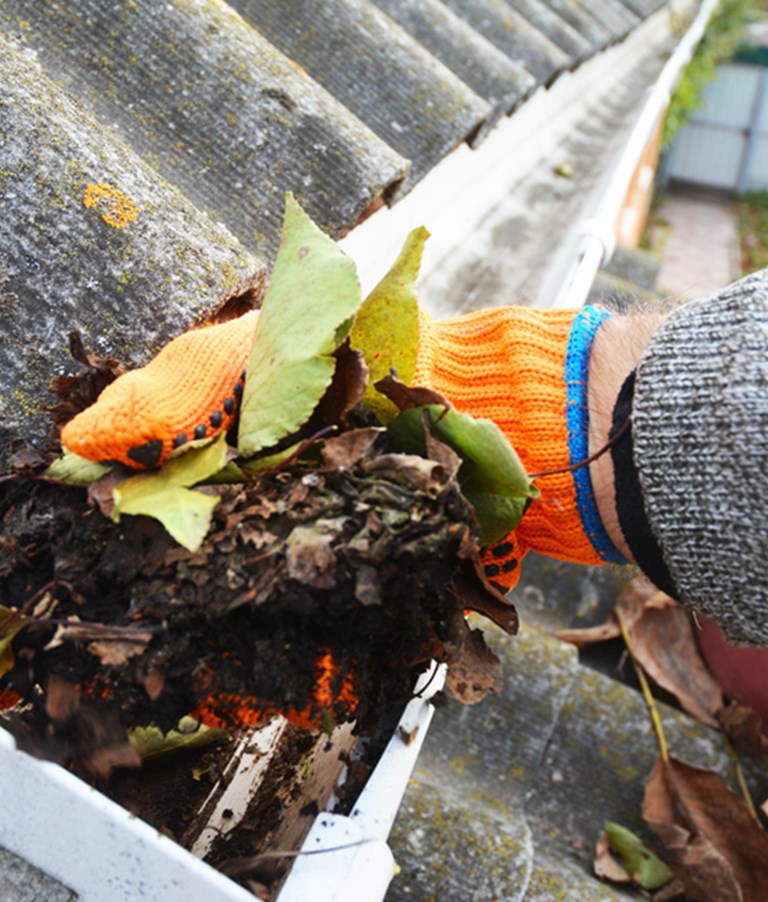The term “iceberg home” can refer to a property that has considerable space underground and their true scale isn’t apparent from street level. Numbers suggest they’re increasing in popularity. Research from Newcastle University found that between the years of 2008 and 2017, over 4,500 basements were granted planning approval, unsurprisingly, in affluent areas around London. Some of the intended uses included 1,000 gyms, 456 home cinemas, 381 wine cellars, 376 swimming pools, 340 games rooms, and 242 saunas or steam rooms.
While having a basement conversion is an exciting addition to a home, it can carry an increased flood risk. Read on to find out how your clients can keep their homes protected.
Protecting basements from flooding
Properties that have subterranean basement spaces present a risk of flooding. Whilst they are not abundantly common in the UK, it is often popular to convert them into additional living or entertainment spaces. However, this leaves them open to the risk of water ingress or flooding. In England alone, around one in six properties are considered to be a risk from flooding, Homeowners can take a variety of preventative steps to ensure their basements are protected from flooding, for example:

Sump pumps
A sump pump is a device designed to take water from your basement to the outside of your home. A sump is a naturally constructed pit, known as a basin, that is usually a hole carved below the basement floor. A sensitive valve will activate the pump to automatically remove water via a discharge line to a drainage area if water levels or pressure gets too high.

Downpipe and gutter drainage
Your clients should regularly check that all gutters and downpipes across their property function correctly and are draining water. Blockages resulting from leaves and debris can lead to water building up and basements flooding.

Airbrick covers
Airbricks are typically fitted to maximise ventilation and prevent rot, especially in subterranean basement spaces. While they can help with airflow and drying out long-term moisture, they are vulnerable to flooding, which is why it’s recommended that airbrick covers are fitted to reduce the risk.
In the event of a flood…
Everything we’ve outlined so far acts as a good preventative measure, but sometimes freak weather incidents occur, and there’s no stopping them. Signing up for a weather alert service can help put your clients on the front foot, especially if the Met Office releases flood warnings for specific geographical locations across the country. If the property basement is home to vital plant equipment or a living space, flood damage could render a property inhabitable causing significant distress.
Having a plan in place for a flood can also help to minimise damage. Your clients should know how to turn off electricity, gas, and their property’s water supply. Being able to protect their valuables and important documents in flood conditions can also save a lot of trouble – there are some helpful guides from experts on how to make these preparations.

Electrical fires
The safety of electrical appliances in the home might not be something that crosses your client’s minds daily, but statistics show that it’s worth some attention. Electricity is a significant cause of accidental fires in UK homes and is responsible for over 19,000 instances every year – more than half of all accidental dwelling fires. From smart fridge freezers and Espresso-makers to temperature-controlled wine cellars and gym equipment, there will be appliances throughout your client’s homes that could present a fire risk. Understanding what causes electrical fires and how to prevent them is crucial.
What are the leading causes of electrical fires?
According to statistics published by the Home Office, “misuse” is the primary cause of electrical fires, accounting for 46.5% of all instances, followed by faulty appliances and leads (25.9%) and faulty supply (15.2%). The phrase misuse refers to any instance where proper guidance hasn’t been followed with electrical appliances. This can include “daisy-chaining” multiple extension leads together or overloading single sockets in the home.
The Home Office data examining fires between the period of 2014-2019 shows which appliances are most commonly associated with electrical fires;
New technology can mean new risks
It’s important to consider that changes in technology can also impact the risk landscape for electrical fires. The adoption of solar panels in homes has been driven by the increased availability of implementing the technology at home, coupled with energy costs and environmental benefits being important to home owners. Research published by the Independent found that there were six times the number of fires involving solar panels last year compared with 10 years ago. While this only equates to 66 fires in the period of January to July 2023, it does present a wider conversation around the electrical fire risk presented by the use of solar panels.
Faulty wiring risk
There are a variety of different ways in which a home wiring fault can cause an electrical fire. The internal wiring connecting sockets and outlets around a house can age. There is a risk that worn-out sockets can become ungrounded, meaning the excess positive charge within the electrical supply doesn’t have a safe outlet. Ungrounded electrical wiring is incredibly dangerous, increasing the risk of sparking and fires. Additionally, if a person were to touch ungrounded electrical wiring, they could suffer a serious electrical shock.
Older buildings are obviously at a higher risk. Some properties might not have the appropriate wiring capacity to simultaneously run a variety of modern electrical appliances.
Preventing electrical fires
There are tips and best practices your clients can undertake to reduce the risk of an electrical fire in their homes, including the following:
CE Standard
Ensure your clients know to only buy quality, branded electrical appliances. They should look out for the CE mark on any electrical product purchased to ensure it meets EU health and safety standards.
Learn to switch-off
Recommend that your clients get into the habit of only leaving essential electronic appliances on. Electrical appliances should be switched off and unplugged when not in use. Investing in smart plugs can help you manage appliances from a smartphone, and it will save money on energy bills, too.
Chargers and batteries
Electrical charges and batteries present their own risk of electrical fire, especially if they become worn and damaged. It’s best practice to use the chargers that come with the specific product they’re designed for. Avoid leaving gadgets charging overnight or under cover.
Installation and inspections
Any type of domestic electrical installation should be carried out by an ECS-registered electrician to ensure proper standards are met. An Electrical Installation Condition Report is also recommended to be carried out once every ten years or once every five years for older, larger homes. The aim is to check the condition of house wiring and uncover any issues with faulty or old components.
Smoke and heat detection
The most important step your clients can take to ensure fire safety in the home is by fitting smoke and heat detectors to alert them in the event of a fire. There are a variety of useful online guides that can help them use fire alarms to protect their properties.
Protect your client’s homes
The Brit Private Client team have all the information you need to have the right conversations with your clients, ensuring that you build trust and get them the protection they need. Beyond electrical fires and basement flooding, our experts can help you with home, travel, and motor protection needs for private clients.

